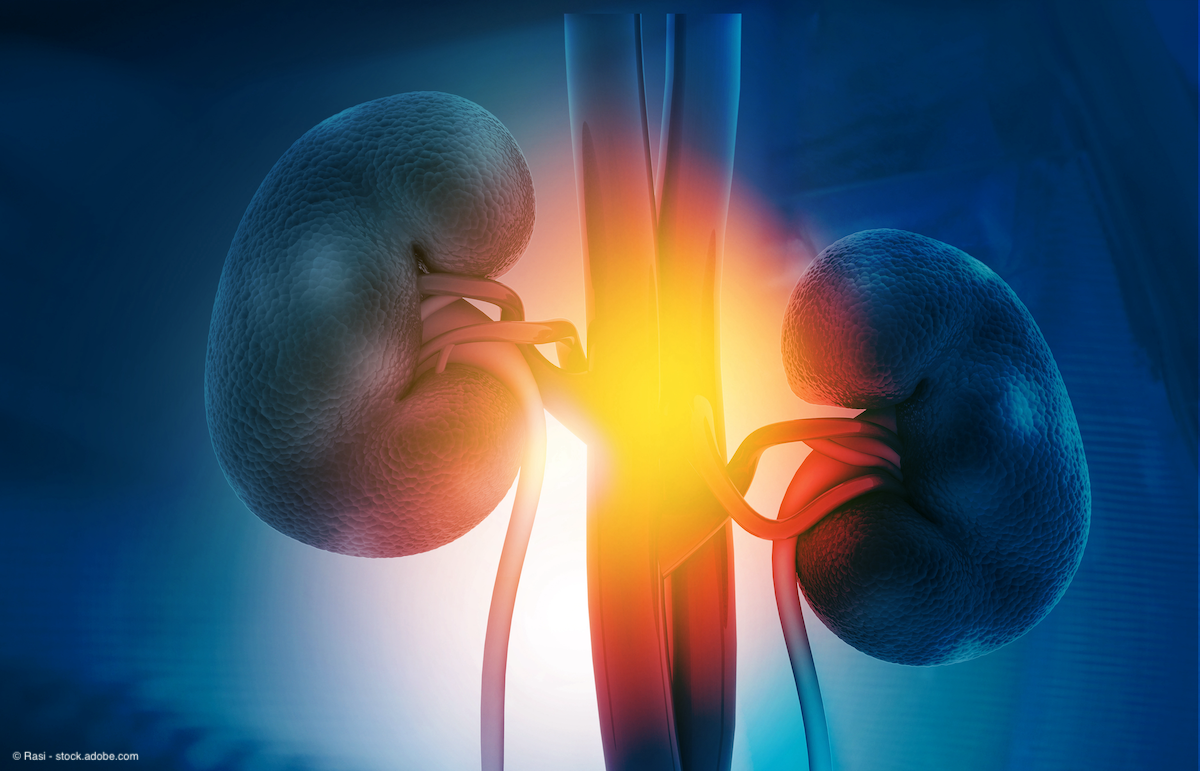Commentary
Article
Urology Times Journal
Malpractice Consult: How likely are you to face a medical malpractice lawsuit?
Author(s):
"Although there is a good chance that you will face allegations of medical negligence at some point in your career, it is unlikely that you will ever be found liable by a jury," writes Victoria L. Neikam, Esq.
Victoria L. Neikam, Esq

It is difficult to overstate the prevalence of litigation. Americans turn to the judicial system to enforce laws, protect their property, resolve business disputes, and everything else. One source estimates that nearly 65 million court cases were filed in 2022.1 Of that 65 million, 13.71 million were civil cases.2 Medical professionals often find themselves on the receiving end of these civil lawsuits.
Patients and their families may elect to file a medical malpractice lawsuit for a variety of reasons. Most medical malpractice lawsuits involve claims for “medical negligence” and/or “wrongful death.” When patients claim medical negligence, they allege they experienced some injury because their medical care fell below the accepted standard. A wrongful death claim is like a medical negligence claim, but the resulting “injury” is death. The patient’s estate typically brings this type of claim. The most common bases for medical negligence and wrongful death claims are misdiagnosis, delayed diagnosis, and surgical errors.3
These claims, and others like them, are classified as torts. Tort law aims to rectify wrongdoing among individuals, and the remedy is often limited to monetary compensation. According to a survey of 31 states, over 342,000 tort cases were filed in 2022.2
Due in part to the omnipresent threat of litigation, medical schools and institutions often mandate risk management training. This training typically focuses on patient safety and quality improvement.4 However, it has the added benefit of preparing medical providers to critically assess their care if and when they make a mistake. This may leave providers nervous about the possibility of a lawsuit and limited knowledge of if, when, and how it may arise.
So, how likely are you to face allegations of medical negligence? Unfortunately, there is a good chance you will be named in a medical malpractice lawsuit at some point in your career. The American Medical Association estimates that 31% of physicians have faced litigation.5 This percentage varies across specialties, with one study reporting that 63% of urologists had faced litigation during their careers.6 Of the 63% of urologists who faced litigation, they were involved in an average of 2.1 lawsuits each.6
Urology is considered a moderate-risk specialty, with 11% of urologists facing litigation annually.7 This risk further varies across subspecialties. Urological oncology is the highest risk subspecialty, followed by endourology.6 Other factors also impact the likelihood of litigation, including the state in which you practice. New York, California, and Pennsylvania are the states most heavily impacted by medical malpractice litigation, whereas Idaho, North Carolina, and Wisconsin are the least impacted.8
Despite their prevalence, allegations of medical negligence are just that—allegations. Defense lawyers often see complaints that list dozens of health care providers across different specialties as defendants in a case involving a single injury. This is a common practice for plaintiffs because predicting the specific cause of their injuries is often difficult, especially when the patient has undergone extensive care and treatment. So, if you are named as a defendant in a lawsuit, do not panic. The reality is that most physicians involved in medical malpractice lawsuits are not found liable.
Although roughly 11% of urologists face litigation annually, only 2.5% are involved in cases where the plaintiff received compensation.7 And even when a plaintiff does receive payment, that is usually the result of a settlement agreement rather than a jury trial. About 93% of medical malpractice lawsuits end in settlement.9 Of the roughly 7% of cases that go to trial, medical providers are found not liable more than 50% of the time. In cases with little or weak evidence of medical negligence, providers prevail in 80% to 90% of trials.10 And even in cases with “strong” evidence of medical negligence, providers still prevail 50% of the time.10
Although there is a good chance that you will face allegations of medical negligence at some point in your career, it is unlikely that you will ever be found liable by a jury. Of course, this fact will not eliminate the stress associated with litigation. You must work with your attorney and participate in the litigation process until it reaches a final disposition. This is an unfortunate reality of practicing modern medicine, but many skilled attorneys dedicate their careers to guiding providers like you through this process.
REFERENCES
1. Federal and state caseload trends, 2012-2022. Court Statistics Project. Accessed June 6, 2024. https://www.courtstatistics.org/court-statistics/state-versus-federal-caseloads#:~:text=Between%202012%20and%202022%2C%20an,were%20filed%20in%20state%20courts
2. Gibson S, Harris B, Waters N, et al. CSP STAT Civil. Court Statistics Project. Updated October 9, 2023. Accessed June 6, 2024. https://www.courtstatistics.org/court-statistics/interactive-caseload-data-displays/csp-stat-nav-cards-first-row/csp-stat-civil
3. Bieber C. Medical malpractice statistics of 2024. Forbes Advisor. Updated January 25, 2024. Accessed June 6, 2024. https://www.forbes.com/advisor/legal/personal-injury/medical-malpractice-statistics/
4. Ahmed FA, Asif F, Mubashir A, et al. Incorporating patient safety and quality into the medical school curriculum: an assessment of student gains. J Patient Saf. 2022;18(6):637-644. doi:10.1097/PTS.0000000000001010
5. Guardado JR. Policy research perspectives: medical liability claim frequency among U.S. physicians. American Medical Association. Accessed June 6, 2024. https://www.ama-assn.org/system/files/policy-research-perspective-medical-liability-claim-frequency.pdf
6. Sobel DL, Loughlin KR, Coogan CL. Medical malpractice liability in clinical urology: a survey of practicing urologists. J Urol. 2006;175(5):1847-1851. doi:10.1016/S0022-5347(05)01021-9
7. Jena AB, Chandra A, Lakdawalla D, Seabury S. Outcomes of medical malpractice litigation against US physicians. Arch Intern Med. 2012;172(11):892-894. doi:10.1001/archinternmed.2012.1416
8. Edwards S. States most affected by medical malpractice. Forbes Advisor. Updated December 18, 2023. Accessed June 6, 2024. https://www.forbes.com/advisor/legal/medical-malpractice/medical-malpractice-cases-by-state/
9. Knowles E. Calculating medical malpractice settlement damages. The Knowles Group. February 23, 2022. Accessed June 6, 2024. https://www.theknowlesgroup.org/blog/calculating-medical-malpractice-settlement-damages/
10. Peters PG Jr. Twenty years of evidence on the outcomes of malpractice claims. Clin Orthop Relat Res. 2009;467(2):352-357. doi:10.1007/s11999-008-0631-7

Newsletter
Stay current with the latest urology news and practice-changing insights — sign up now for the essential updates every urologist needs.




























